
WGI Unleashed Podcast Episode 78, Edgar Segovia, Civil Project Manager
On the latest episode of the WGI Unleashed podcast, we sit down with Edgar Segovia, one of WGI’s Civil Project Managers, based out of our San Antonio, TX office.
Learn from award-winning professionals — explore our whitepapers, blogs, and the latest industry updates.
Join our dynamic organization of engineers, land surveyors, landscape architects, environmental scientists, and architects!
Talk to a market leader today! We’ll answer any questions you have about our professional services.

Water distribution, wastewater, and water reclamation treatment facilities are essential infrastructure to providing communities potable, waste disposal, and reclaimed services. Critical to the public, treatment facilities must be effectively and sustainably designed, constructed, maintained, and remediated throughout their operating life.
Disruption in treatment operations due to operational, mechanical, or structural failures have long-range consequences to all stakeholders and the surrounding environment. Expertise in engineering specialties related to construction materials and tolerances, equipment operational constraints, and overall facility performance standards are key to the longevity and sustainability of treatment structures.
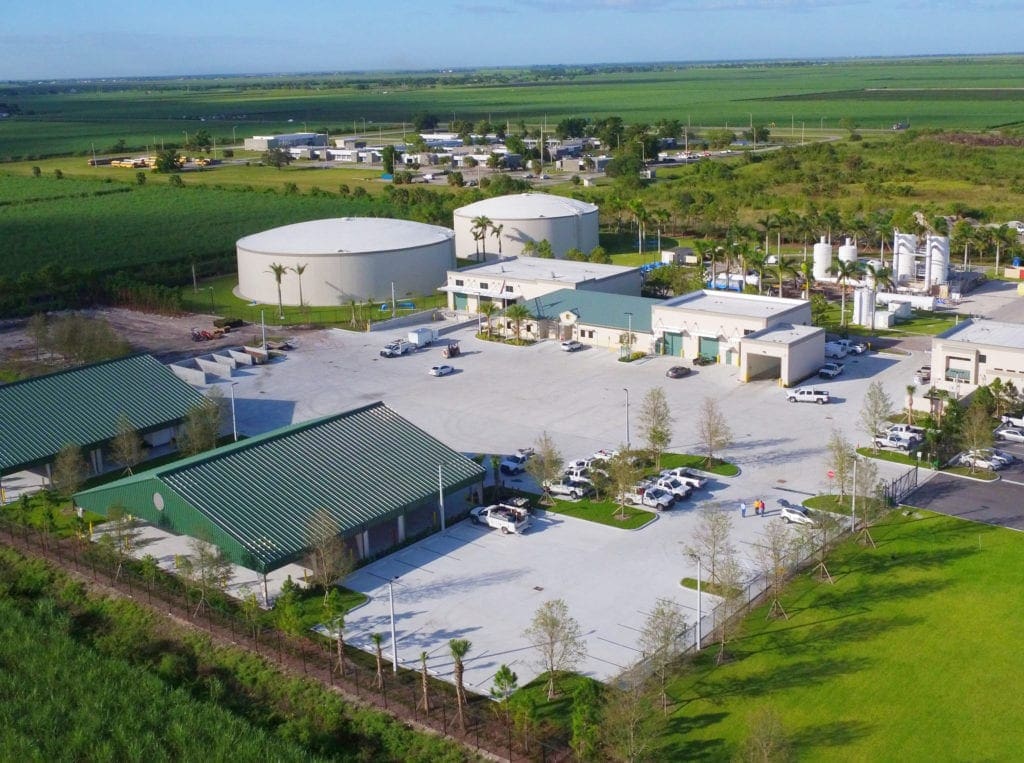
Treatment facilities are, by design, processing facilities that must be composed of resilient materials, often operating in corrosive-to-acidic environments treating source water, domestic-
to-industrial sewage, as well as producing reclaimed water resources.
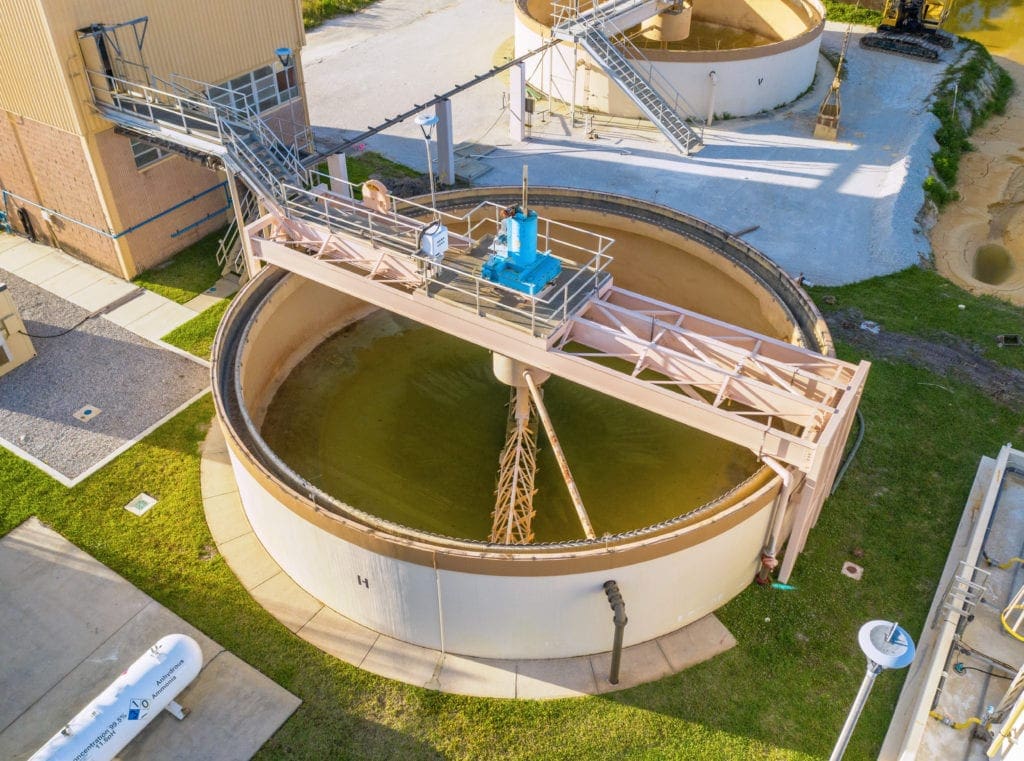
To achieve permitted standards and efficiently treat the water/waste received, efficient operations processes are critical. Structures constructed to withstand demanding operating conditions require the advanced engineering expertise of WGI’s structural engineers, ensuring the planning/design/construction of state-of-the-art facilities with sustainable and resistant materials.
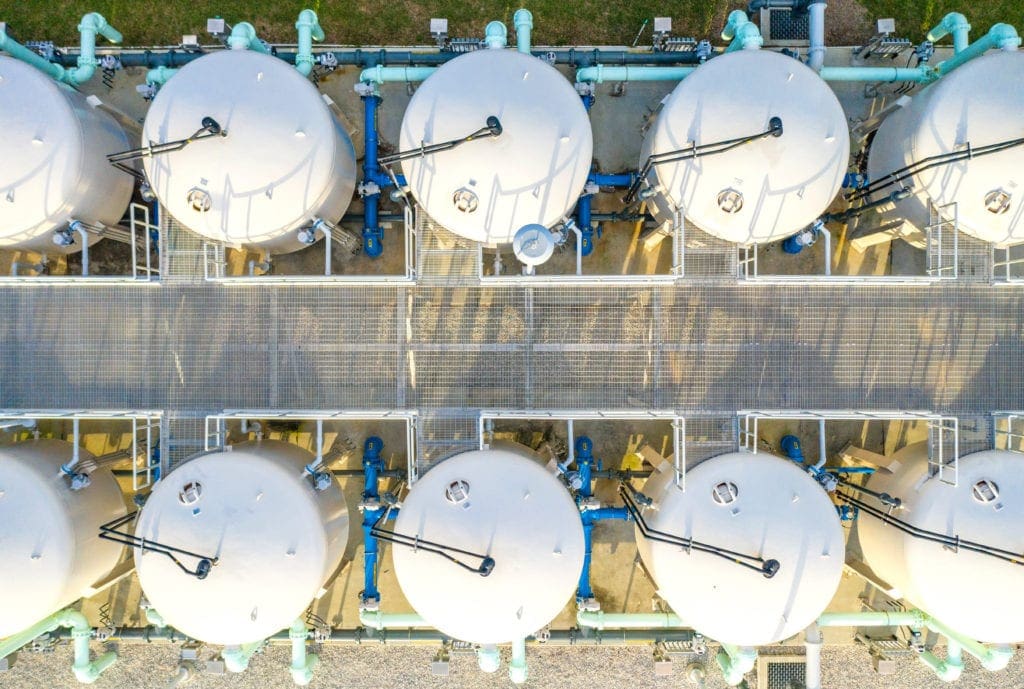
Throughout a treatment facility’s operating life, the communities served continue growing and increasing their demand. Facility upgrades and expansions are planned and implemented to meet those changing needs. As a function of growth, these facilities’ existing treatment processes and related structures require upgrades and/or new construction of additional treatment train structures. Due to the criticality of treatment operations, shutting down existing operations may not be feasible during facility upgrades. The WGI team has the experience and knowledge to plan for continued facility operations, with minimal disruptions, throughout the construction process.
The nature of treatment plant processes can pose hazards to plant operations and construction staff, from potential chemical hazards to heavy mechanical/structural equipment. Safety is priority one for treatment facility design and construction, beginning with the initial work-plan phase.
WGI’s team will ensure we achieve local, regional, and federal safety and associated design standards, and all construction operations attain required standards, including OSHA workplace safety regulations. Through on-site inspections and existing facility condition assessments, WGI develops recommendations addressing all operational aspects and structural elements.
Pre-inspection cleaning methods are used, protecting treatment operations and cleaning contractor staff from risk of exposure to harmful elements. Designs include implementation of safety provisions and equipment, such as fall prevention/protection.
Routine maintenance and planning for treatment facility infrastructure upgrades reduce the risk of emergency conditions, associated unplanned costs, and most importantly, environmental hazards. Preventive maintenance and routine infrastructure condition assessment are vital to effectively identifying likelihood of failure (LoF), identifying consequences of failure (CoF), and ultimately determining risk of failure (RoF) of treatment assets. Knowing the infrastructure’s existing structural and operational conditions allows for planned improvements and reduces potential risk to human health and the environment.
With expertise in structural and operations assessments, WGI’s professional team provides on-site evaluation, assessment, recommendations, and design of treatment facilities and associated infrastructure. Using a safety-first approach, our staff works to ensure that identified structural and operational improvements incorporate safety needs in both construction and operations.
Infrastructure redundancy in key treatment operations can be essential, minimizing treatment-process interruptions, while further protecting human health and the environment.
Where feasible, one treatment-process component can be out of service for preventative maintenance, while redundant operations are utilized. This allows for routine maintenance and extension of the life of infrastructure assets. Our analyses include evaluations of redundancy needs in treatment operations, and recommendations for implementation in design and construction.
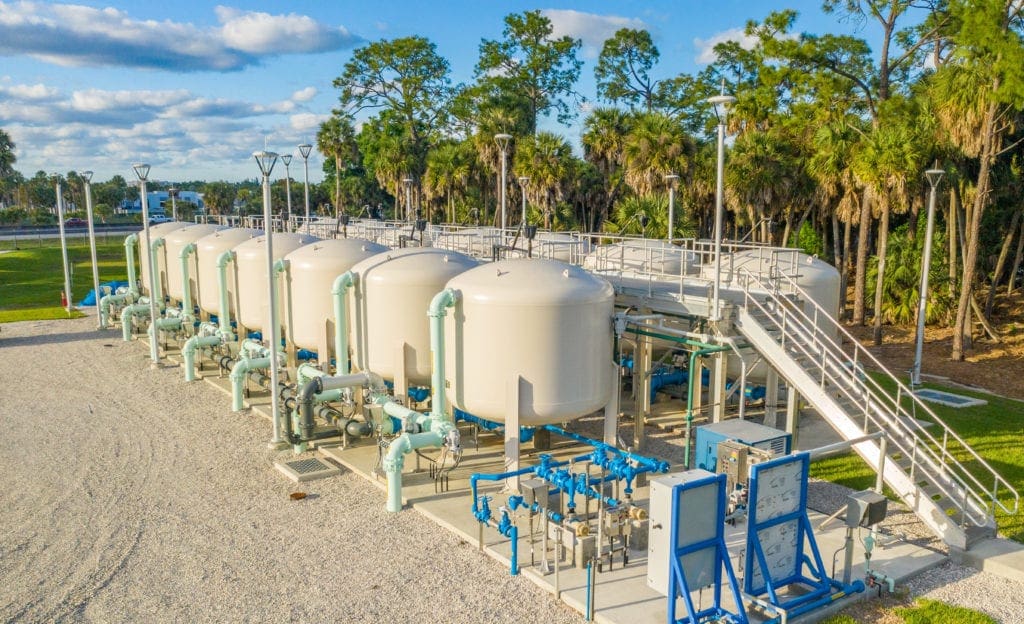
Treatment facilities are frequently located adjacent to waterways, specifically for source water and/or discharge of treated water. Wet weather-related events that result in rapid rise in water levels, as well as sea-level surges, can impact treatment infrastructure and resultant operations due to localized flooding.
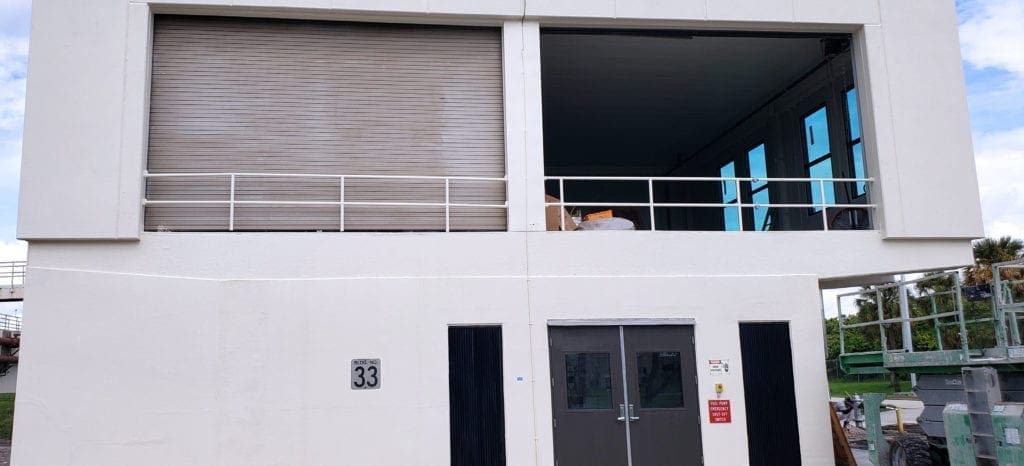
The WGI structural engineering team’s experience includes managing treatment infrastructure assessment, design, maintenance, and improvement implementation projects.
From the coordinating and advising process, from general civil design engineers to construction contractors and partnerships in design-build programs, our highly skilled team can manage all project aspects from beginning to implementation.
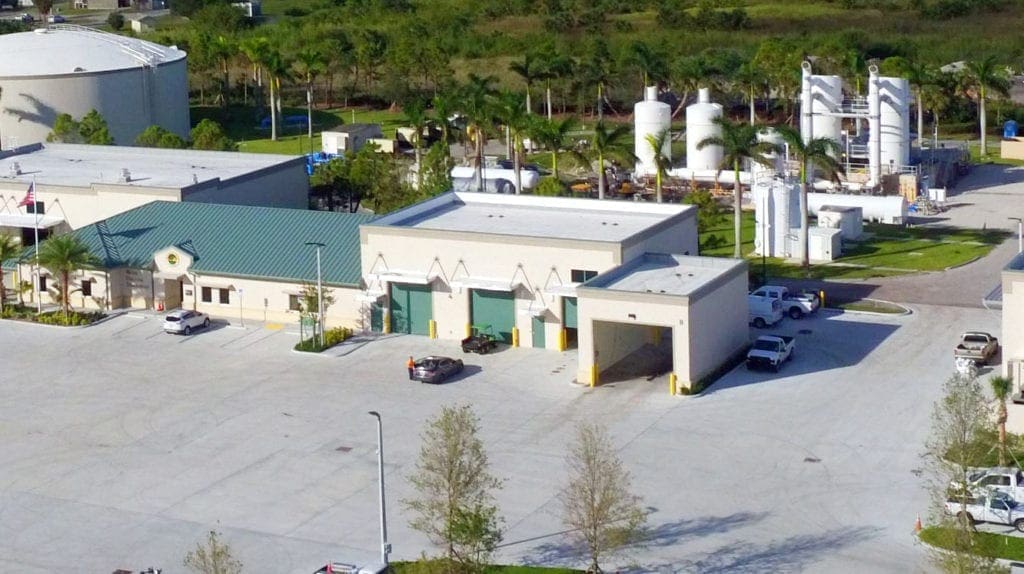
Our work with communities to identify treatment infrastructure needs, focusing on extending the life of all treatment assets while protecting human health and the environment, ensures a quality, cost-effective, resilient, and sustainable end product.
WGI has extensive experience in assessing for the need, designing and implementing facility retrofits to achieve flood and storm-related hardening and protection of treatment infrastructure. Our experts manage the entire process of identifying, repairing, and/or rebuilding facilities to provide high water impact protection for projected events. Contact our team today to get started.

WGI is a national design and professional services firm leading in technology-based solutions for the construction of public infrastructure and real estate development. At WGI, we’re providing Tomorrow’s Infrastructure Solutions Today.

On the latest episode of the WGI Unleashed podcast, we sit down with Edgar Segovia, one of WGI’s Civil Project Managers, based out of our San Antonio, TX office.

Discover how WGI seamlessly blends urban connectivity with natural conservation in the Clear Lake Trail & Boardwalk project, integrating innovative design and engineering to enhance the landscape while preserving the purity of Clear Lake, West Palm Beach’s primary drinking water source.

Nearly all construction site operators engaged in clearing, grading, excavation activities that disturb one acre or more, including smaller sites in a larger common plan of development or sale, are required to prepare a SWPPP. WGI can help.

WGI stayed in growth mode throughout the pandemic as it moved to expand its geographic footprint by furthering early steps at organic expansion.

The new NOAA Atlas 14 Precipitation-Frequency Data has a number of different factors that greatly contribute to the design and analysis of stormwater infrastructure and detention.
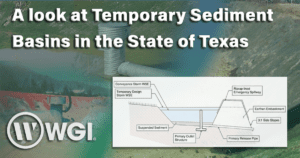
Discover the secret life of sediment basins from WGI’s experts as they detail how they function, the purpose they serve, and when they are required on a project.
You’ve been searching for a place like WGI. We look forward to meeting you soon.
Sign up to receive emails to hear our latest news and achievements in our monthly newsletter.
Enter your zip code, and we’ll personalize your experience with local projects, office locations, team members, and more.
WGI supports its associates with meaningful opportunities for growth, strong benefits and perks, while we work collaboratively with clients and co-consultants to shape and improve communities.






WGI is a dynamic organization with opportunities nationwide for engineers, land surveyors, landscape architects, environmental scientists, and architects.